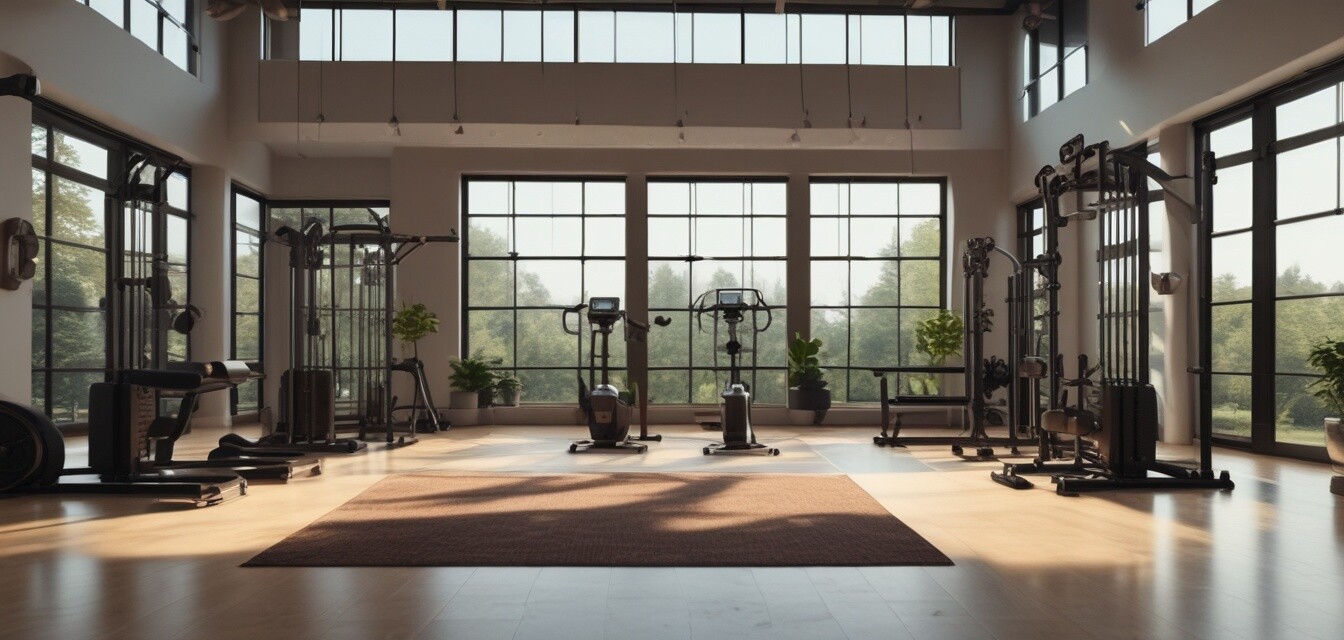
Energy Efficient Home Gym Equipment
Key Takeaways
- Choose gym equipment that prioritizes energy efficiency without compromising on performance.
- Look for features such as manual settings, regenerative braking, and low power modes.
- Understand your fitness goals to select the right equipment for your home gym.
- Consider both the upfront cost and long-term energy savings of your gym equipment.
- Regular maintenance can help keep your equipment energy-efficient.
Creating a home gym can be a rewarding investment in your health and fitness. However, as we become more mindful of our energy consumption, the choice of energy-efficient gym equipment becomes essential. This guide will help you navigate through the best options available, ensuring you can maintain an effective workout routine without harming the environment or your energy bill.
Why Energy Efficiency Matters in Home Gyms
Incorporating energy-efficient equipment into your home gym can significantly reduce your energy consumption and lower operational costs. Not only does it benefit your wallet, but it also helps in reducing your overall carbon footprint, aligning with a more sustainable lifestyle.
Health Benefits of Working Out at Home
Creating a routine at home offers convenience and flexibility. When you opt for energy-efficient equipment, you're improving your workout environment:
- Comfort and control over your space.
- Reduced impacts on the environment.
- Potential long-term savings on energy bills.
Choosing the Right Energy-Efficient Gym Equipment
When selecting equipment for your home gym, consider the following features:
Energy-efficient Features to Look For
| Feature | Benefits | Examples |
|---|---|---|
| Manual settings | Allows full control over intensity and speed without electrical consumption. | Stationary bikes, resistance bands |
| Regenerative braking | Generates energy during workouts that can be used to power the machine. | Treadmills, elliptical trainers |
| Low power modes | Reduces energy usage during idle times. | Smart home gym systems, compact equipment |
Types of Energy-Efficient Gym Equipment
Several categories of equipment are ideal for creating a home gym focused on energy efficiency:
- Air Conditioners: Keep cool while working out without using excessive energy.
- Dishwashers: If you need to sanitize your gym gear, look for energy-efficient models.
- Heaters: Maintain temperature during winter workouts effectively.
- Microwave Ovens: Healthy meal prep for your fitness regime.
- Refrigerators: Store your nutritious post-workout snacks properly.
- Washing Machines: Clean your workout clothes sustainably.
Considerations for Your Home Gym Layout
Your home gym setup can also impact energy efficiency. Here are tips to create an effective layout:
Tips for Designing Your Energy-Efficient Home Gym
- Choose a space with natural light to minimize the need for artificial lighting.
- Use mirrors to enhance light and create an illusion of space.
- Ensure proper ventilation to minimize the need for heating or cooling appliances.
Maintaining Your Equipment for Energy Efficiency
Regular maintenance ensures your gym equipment remains energy-efficient:
- Clean your machines regularly to improve functionality.
- Check and replace worn-out parts promptly.
- Follow manufacturer guidelines for maintenance schedules.
In Summary
Energy-efficient gym equipment is vital for creating a workout space that is both effective and environmentally friendly. By choosing the right equipment, optimizing your gym layout, and maintaining your machines, you can enjoy a healthier lifestyle while saving on energy costs.
Pros
- Lower energy bills over time
- Better environmental impact
- Enhanced workout experience with effective equipment
Cons
- Higher initial investment for energy-efficient models
- May require more research to find suitable products
